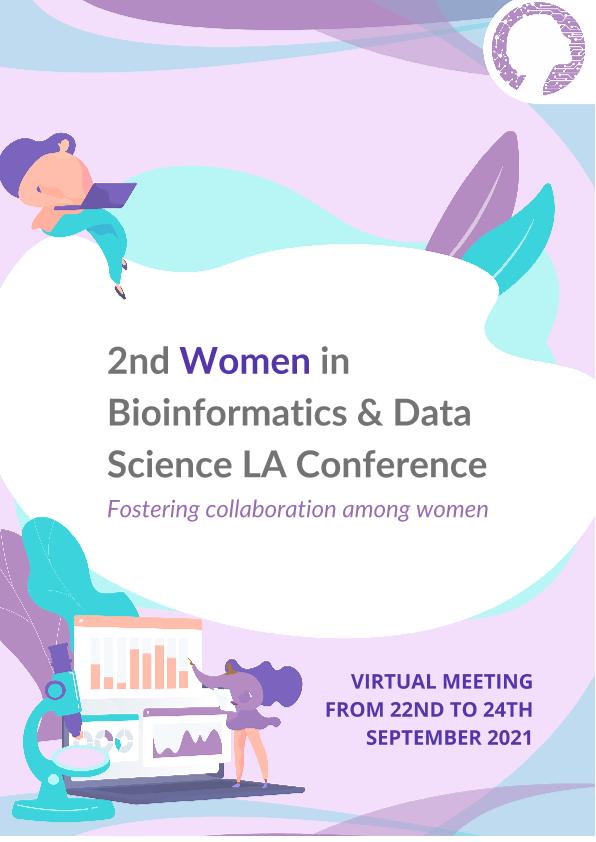Evento
Targeting Protein Pockets with Halogen Bonds
Tipo del evento:
Conferencia
Nombre del evento:
2nd Women in Bioinformatics & Data Science LA Conference
Fecha del evento:
22/09/2021
Institución Organizadora:
Women in Bioinformatics & Data Science;
Título del Libro:
2nd Women in Bioinformatics & Data Science LA Conference: Fostering collaboration among women
Título de la revista:
Women in Bioinformatics & Data Science LA Conference
Editorial:
Women in Bioinformatics & Data Science
Idioma:
Inglés
Clasificación temática:
Resumen
Halogen bonds (X-bonds) are directional interactions involving an attractive force between an electrophilic region on the halogen and interaction partners with nucleophilic properties, X-bond has gained recognition as an atypical molecular interaction useful in modeling halogens computationally to develop new pharmaceutical drugs. X-bonds in protein-ligand complexes are surrounded by residues that conforms the “X-bond environment”. Since sigma-hole formation in X-bonds is a consequence of the anisotropy of the charge density distribution around the halogen, protein residues that surround halogen atom might perturb its charge distribution and X-bond strength. In this work we proposed a protocol to study the feasibility of protein pockets to form X-bond with halogenated ligands, based on the environment. First, a structural survey of X-bonded protein-ligand complexes in public databases was performed to get a description of the “X- bond environment” based on the charge density, with help of the Quantum Theory of Atoms in Molecules (QTAIM). In the second step, the “X-bond environment” is used as a reference system to judge the propensity of protein pockets to host an X-bond. To test the protocol, we generated poses in which chlorobenzene is forming: (a) the known X-bond and (b) a different X-bond in a nearby protein sub-pocket with no structural evidence about its existence. We termed this last as “decoy X-bond”. Fifty poses were generated with the docking algorithm for both known and decoys X-bonds. Charge density-based X-bond environments for the docking poses were estimated by mapping the chloro protein neighborhood, into the X-bond environment pre-computed on the reference system. The protocol was able to prioritize docking poses that reproduce the actual X-bond in crystal structures based on their X-bond environments, since "real X-bonds" have stronger X-bond environments that decoy X-bonds, as expected. The results suggest that X-bond formation might require a proper protein environment to be established.
Palabras clave:
HALOGEN-BOND
,
DRUG-DESIGN
,
X-BOND
,
QTAIM
Archivos asociados
Licencia
Identificadores
Colecciones
Eventos(IQUIBA-NEA)
Eventos de INSTITUTO DE QUIMICA BASICA Y APLICADA DEL NORDESTE ARGENTINO
Eventos de INSTITUTO DE QUIMICA BASICA Y APLICADA DEL NORDESTE ARGENTINO
Citación
Targeting Protein Pockets with Halogen Bonds; 2nd Women in Bioinformatics & Data Science LA Conference; Buenos Aires; Argentina; 2021; 119-119
Compartir




